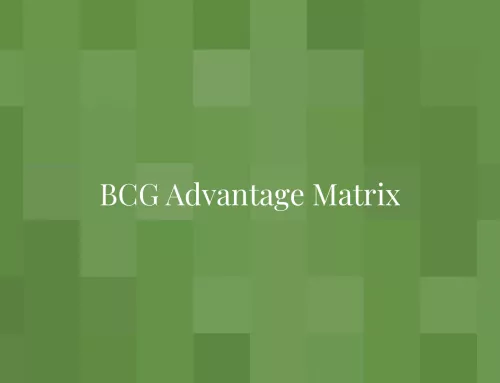Value chain analysis (VCA) is a process where a firm identifies its primary and support activities that add value to its final product / service. In this case, analyzing processes helps identify activities that help reduce costs or increase differentiation. In other words, value chain represents the internal activities a firm engages in when transforming inputs into outputs. Michael Porter introduced the generic value chain model in 1985[1] as a strategy tool to analyze a firm’s internal activities. In summary, focusing on these activities leads to competitive advantage[2].

Value Chain
Porter noted that any firm could be divided into two main segments, each of which creates a certain value:
- Primary activities
- Secondary activities
Primary activities
The primary activities help create the products and distribute them to buyers. The five primary activities are:
- Inbound logistics: This is the step in which businesses receive raw materials from suppliers
- Operations: The activities that convert raw materials into processed goods / services
- Outbound logistics: Steps that move goods / services out to distributors
- Marketing and sales: For instance, a distributor has to perform to promote and facilitate sales
- Service: Occasionally, the business will have to maintain and upkeep a product after it was sold
Although, primary activities add value directly to the production process, they are not necessarily more important than support activities.
Secondary activities
Presently, competitive advantage derives from technological improvements or innovations in business models or processes. Therefore, such support activities as information systems, R&D, or general management. Sometimes, they are the most important source of differentiation advantage. On the one hand, primary activities are usually the source of cost advantage. On the other hand, secondary activities are almost exclusively internal steps. Notwithstanding, these tasks support the primary activities. The four secondary activities are:
- Procurement: This activity involves how a company acquires various resources and raw materials
- Human resource management: Companies also have to take steps to recruit, promote and, if need be, lay off workers
- Technological development: To transform material into products, companies typically acquire equipment, hardware and software. In addition, this activity also includes the workers’ technical knowledge
- Infrastructure: This idea refers to a company’s various departments, including public affairs, accounting, quality assurance, general management, legal and finance
According to Investopedia, the primary goal of using the value chain analysis is creating or strengthening your business’s competitive advantage.
To capture a competitive advantage, a company maps out its specific activities within the five generic value chain activities and looks for ways to create efficiencies.




